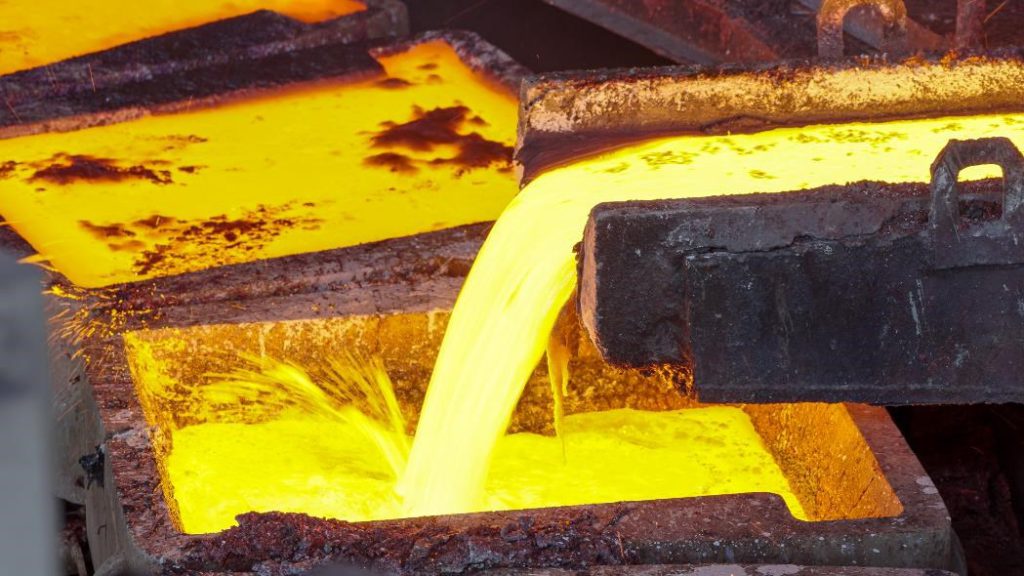Global copper smelting slipped in February, satellite data shows

Global copper smelting activity slid in February, partly because of Lunar New Year holidays in top producer China, data from satellite surveillance of copper plants showed.
After falling sharply, however, activity in China rebounded towards the end of the month, according to a statement on Thursday from commodities broker Marex and SAVANT, a satellite analytics service it launched with Earth-i in 2019.
“Only one major (Chinese) smelter (is now) observed to be on a period of extended downtime for maintenance,” the statement said.
Earth-i, which specialises in geospatial data, tracks 94 smelters representing 80-90% of global production. It sells data to fund managers, traders and miners and publishes a free monthly index of global copper smelter activity.
Its global copper dispersion index fell to 46.3 in February, from 55.1 a month earlier.
Under the dispersion index, 50 points indicate smelters are operating at the average level of the past 12 months. It also has a second index showing the percentage of active smelters.
Europe and Africa also showed reduced activity, with that region’s dispersion index falling 18.9 points to 42.6.
In nickel, smelting activity also declined because of the holidays and restrictions in China during the Winter Olympics.
The global dispersion index for nickel fell to 41.6 in February from 49.5 in January, while the Chinese nickel pig iron (NPI) index dropped to an average of 37.8 from 43.6 but rebounded to 55.9 by the end of the month.
NPI is a lower nickel content substitute for refined nickel.
Data also showed that the Pobuzhsky ferronickel smelter in Ukraine was active as of Feb. 26, the statement said.
(By Eric Onstad; Editing by David Goodman)
{{ commodity.name }}
{{ post.title }}
{{ post.date }}


Comments